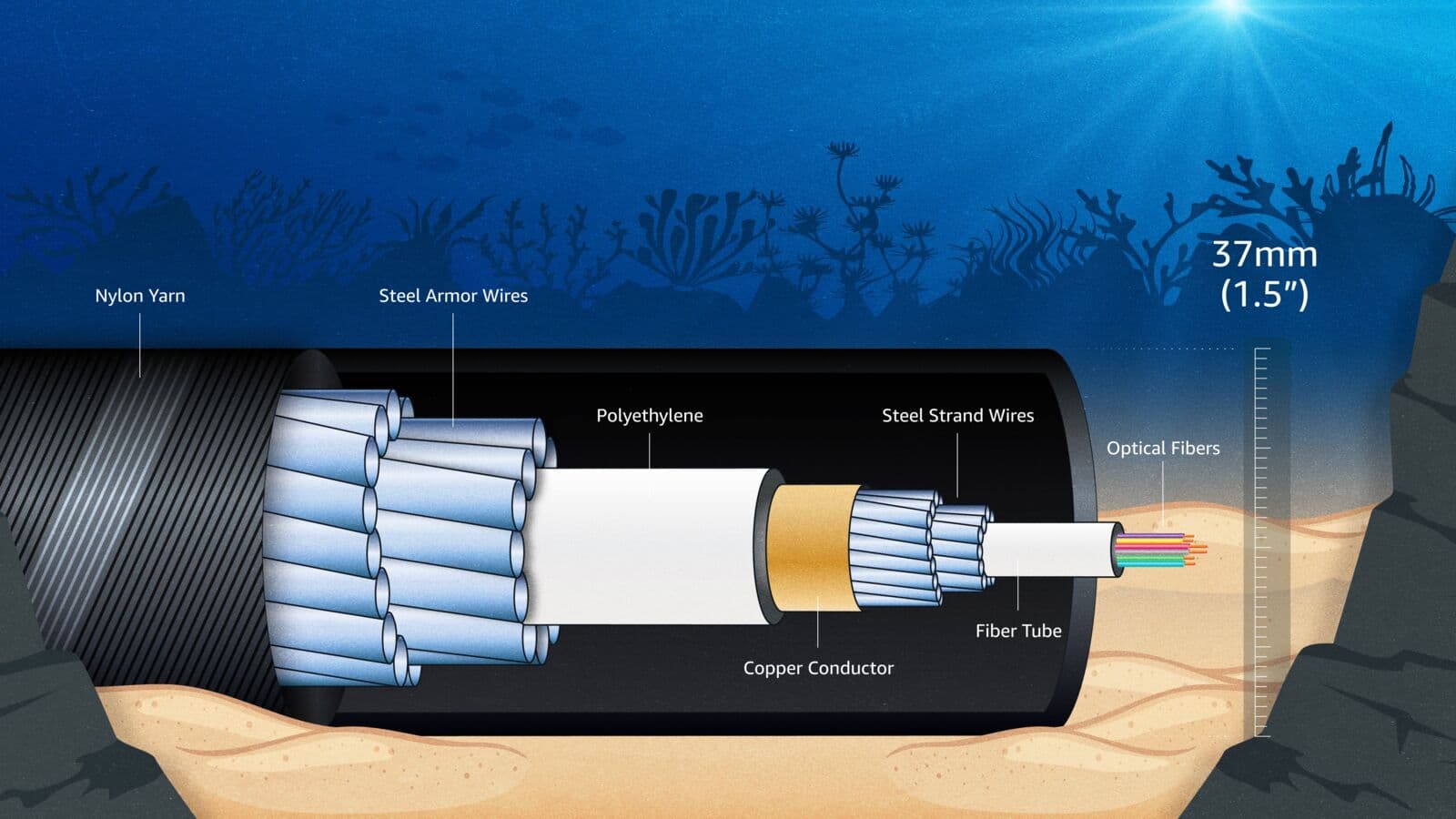Amazon's Fastnet Cable to Deliver 320+ Tbps Transatlantic Capacity by 2028

Amazon has announced the development of Fastnet, a new subsea internet cable system set to connect Maryland's Eastern Shore in the United States with County Cork, Ireland. Expected to be operational by 2028, this marks Amazon's first fully owned subsea system, aiming to significantly enhance Amazon Web Services (AWS) resilience and provide substantial capacity for growing cloud and artificial intelligence (AI) traffic. The cable boasts a design capacity exceeding 320 terabits per second (Tbps), equivalent to streaming 12.5 million HD films simultaneously.
This strategic investment allows AWS to directly manage latency, control repair windows, and plan capacity, moving away from reliance on purchasing bandwidth from third-party carriers. Subsea fiber optic cables are critical infrastructure, carrying over 95% of international internet traffic, and this independent ownership provides Amazon with greater control over its global network backbone. As Rohan Paul noted in a recent tweet, "Route ownership also improves resilience, because new physical paths add diversity when cables are cut by fishing gear or anchors or when segments need maintenance."
Fastnet is designed to support the increasing demands of generative AI, cloud-native applications, and advanced research. The high capacity will enable faster cross-Atlantic model checkpoints, dataset replication, and cross-region backups. Customers on both sides of the Atlantic, particularly those utilizing US East and Ireland AWS regions, are expected to experience steadier performance for intensive data operations.
The project also includes community benefit funds for both Maryland's Eastern Shore and County Cork, supporting local initiatives in areas such as sustainability, education, and workforce development. While Amazon did not disclose the cost of the project, the 2028 target indicates a multi-year process involving permitting, marine surveys, manufacturing, and shore landings. This move by Amazon aligns with similar investments by other tech giants like Google, Meta, and Microsoft, signaling a broader industry trend toward vertically controlled backbone capacity to support cloud and AI growth.